Peru is full of surprising and unique places, one of them being the Uros Islands. These islands are made from totora, an aquatic plant that is used to build both the islands and their homes. This area was once inhabited by the Uros, one of the oldest cultures in Latin America, found on Lake Titicaca.
The origin of the Uros dates back to times before the Incas, with studies suggesting their presence in the region since 1200 BC. Other researchers point out that they could have originated during the preceramic period, between 3000 and 2000 BC.
Between the 1st and 13th centuries, the area was inhabited by the Tiawanaku, who spoke the Puquina language, which was also the original language of the Uros. After the disappearance of Tiawanaku, the Aymaras displaced the Uros, who moved to live around Lake Titicaca.
The Uro culture was affected by the conquests of the Aymaras, but despite the displacement, the Uros preserved their identity on Lake Titicaca and its tributaries. There, they created their own way of life, adapting to the lake environment.
A well-known legend about this people says they lived happily in a fertile valley, protected by the Apus; however, the temptation of evil led the men to disobey the rules, climbing to the top of the “Sacred Fire.”
As the Apus became enraged, they released pumas to devour the population but left a couple alive. The Sun God cried for 40 days, flooding the area and turning the pumas into stone. This event created Lake Titicaca, whose name means “the lake of the stone pumas.”
The floating islands, built by the Uros with totora, house three to ten families each, with around 80 islands in total.
The ancient inhabitants of Lake Titicaca build floating islands using totora, a reed that grows along its shores. They are the only ethnic group to do so. These islands, made from successive layers of totora, are woven and braided with blocks of roots and horizontal branches.
To build them, piles of roots and branches are secured with logs and stakes, ensuring the stability of the floating island. In this way, the totora framework remains together, forming a solid structure.
The islands do not sink because the decomposition process under the water releases gas, which is trapped in the totora, helping them stay afloat. The blocks are anchored to the bottom with roots and logs, ensuring their stability.
Each year, the inhabitants renew the islands, which are three meters thick, ensuring they remain functional and livable.
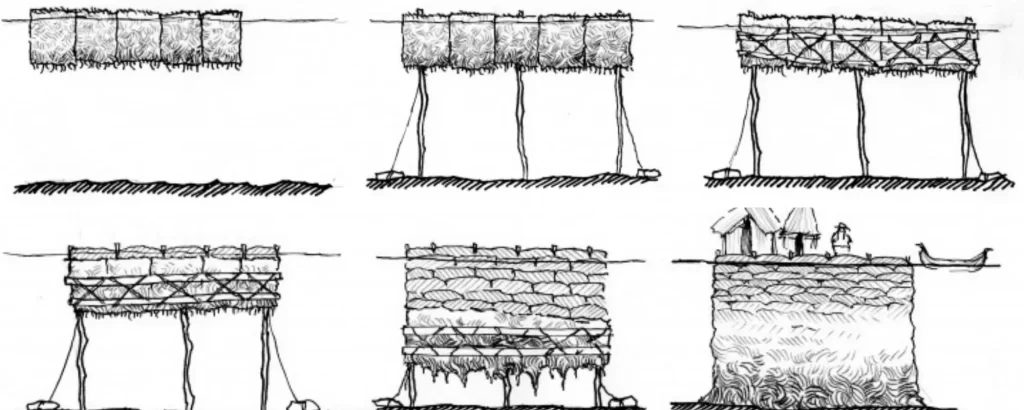
The floating Uros islands are located to the west of Lake Titicaca, in the northeast of Puno, about 7 km from the city of Puno, at an altitude of 3810 meters above sea level. These islands are one of the main tourist attractions in the region.
The remote and elevated location of the area makes it unique.
To get to the Uros Island, you have three travel options:
The first option is to take a commercial bus from the Cusco bus terminal to Puno, a journey of about 7 hours. Once in Puno, head to the port to take a boat that will take you to the floating islands, including the Uros Island, Taquile, and Amantaní.
The second option is to take a tourist bus that will take you to several tourist destinations, such as Andahuaylillas, Raqchi, and Pukará, with a stop in Juliaca before reaching Puno. From there, you can go to the port to board a boat to the floating islands.
The third option is to travel by train with PeruRail, which offers good service and takes travelers through various destinations to Puno, where you should go to the port to take the boat to the Uros Island.
Once you arrive in Puno, you will find several agencies offering tours to the Uros Island, with a trip that takes about 30 minutes by boat. If you want a more immersive experience, you can opt for living tourism, where you will have the chance to stay and interact with the local inhabitants, learning about their culture and way of life.
Now, let’s learn a little more about the flora, fauna, and climate of the Uros Island.
The Uros Island is part of the Titicaca National Reserve because it houses totora reeds, scientifically known as “Schoenoplectus or Scirpus totora,” which are essential for the balance of the lake. These plants contribute to the growth and stability of the aquatic ecosystem.
Regarding fauna, the island is home to various species of fish such as carachi, balco, ispi, mauri, trout, and umantu, as well as birds native to the area.
These species are fundamental to the biodiversity of Lake Titicaca.
The climate of Lake Titicaca is cold and dry, with temperatures rarely exceeding 2°C. However, something curious happens: during the day, heat accumulates in the environment, and at night, this energy is released, which causes the area to not be as cold as expected. This phenomenon helps moderate nighttime temperatures in the region.
Visiting the islands of Lake Titicaca is a unique experience, like diving into a magical world, different from anything we know. By visiting the three most well-known islands, you can discover the customs and traditions of the people living in this incredible place, offering a deeper insight into their culture.
The Uros Island, in particular, looks like it came straight out of a fairy tale, floating on the water. The Uros built pathways leading to the lake to protect themselves from potential enemies, which also allowed them to preserve their culture.
This ethnic group is considered one of the oldest in the Andes and continues to maintain its ancestral traditions alive.
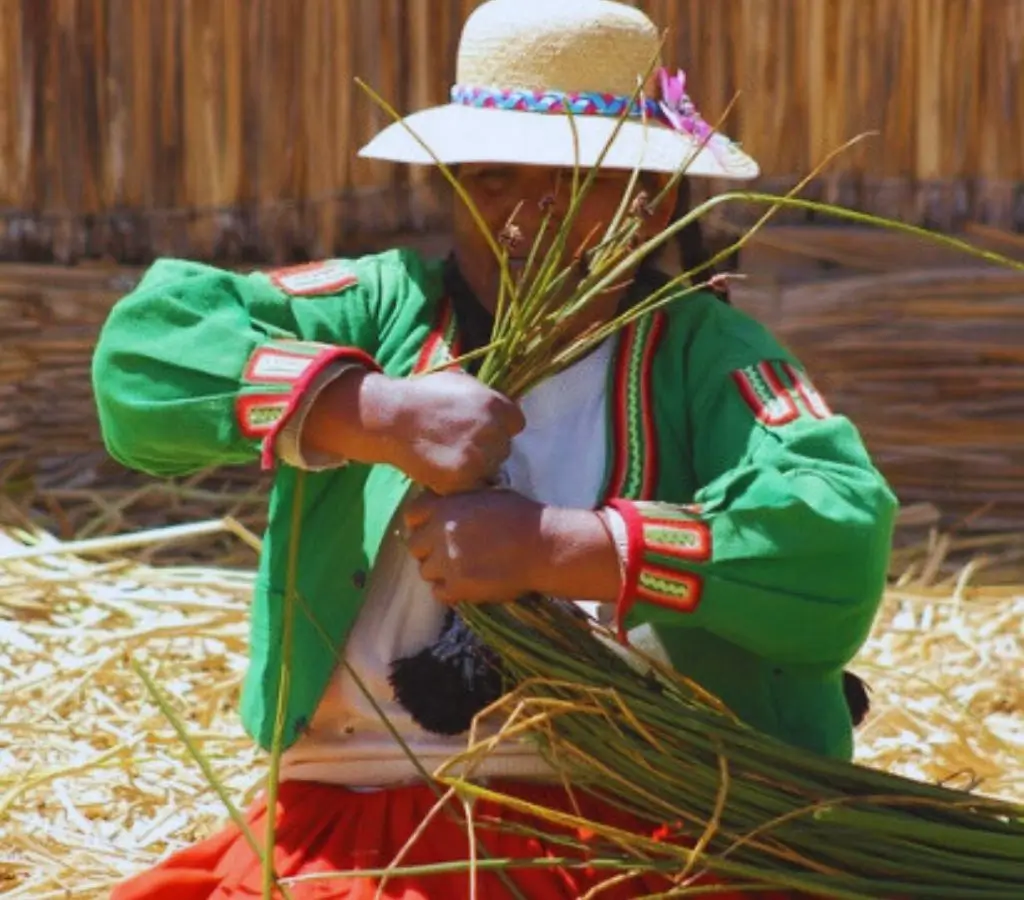
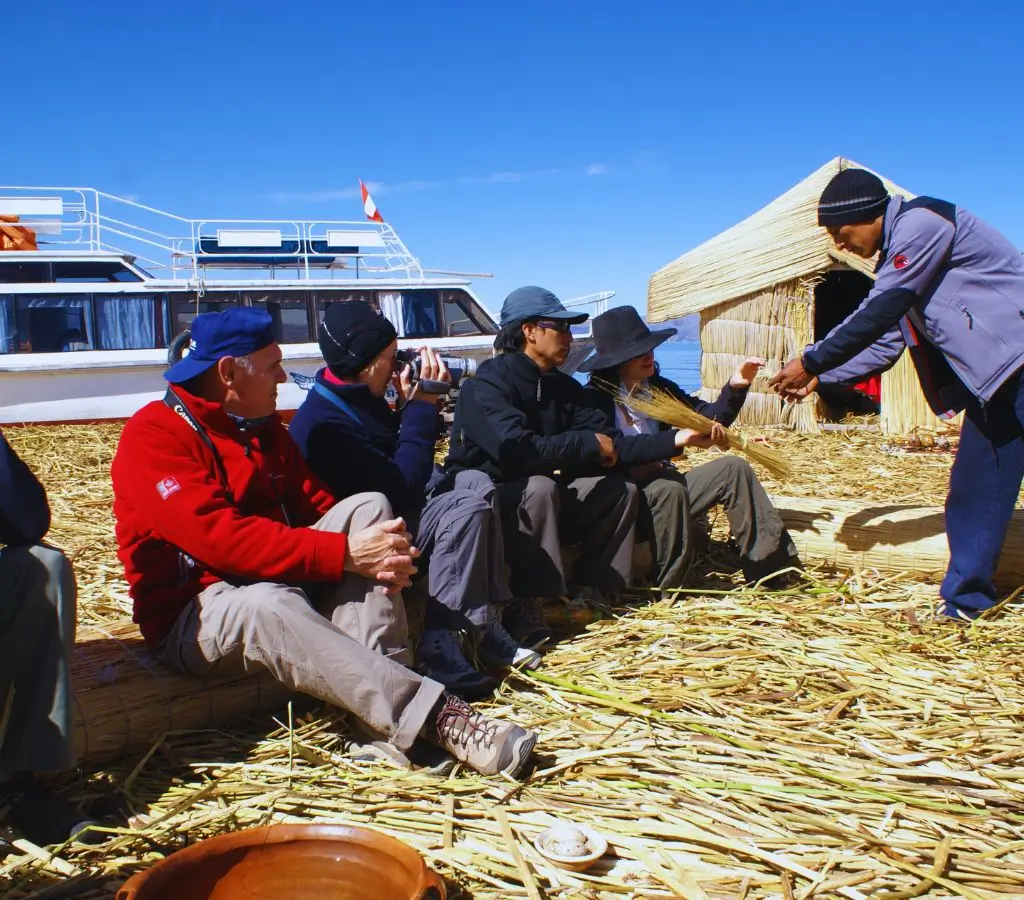
Taquile Island is famous for its handicrafts, so much so that it has been recognized by UNESCO. When visiting the island, you'll notice that only the men are responsible for weaving, a unique tradition of this place.
Additionally, the inhabitants of Taquile continue to wear their traditional clothing, which reflects their culture. These garments not only represent their identity but are also linked to ancient Incan traditions and shamanic beliefs that are still practiced on the island.
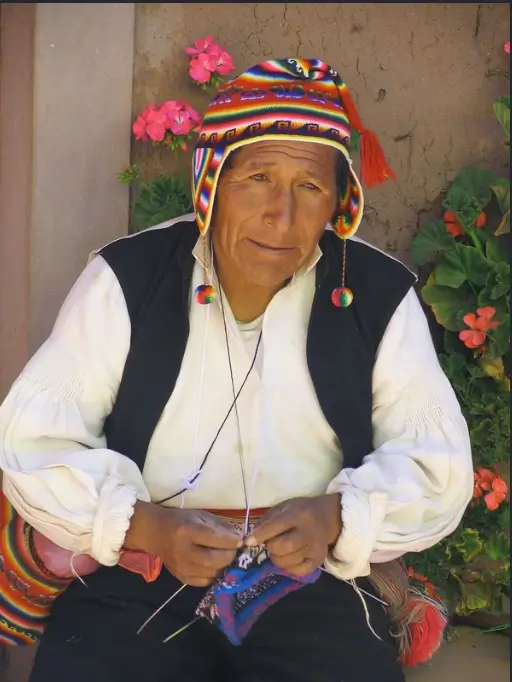
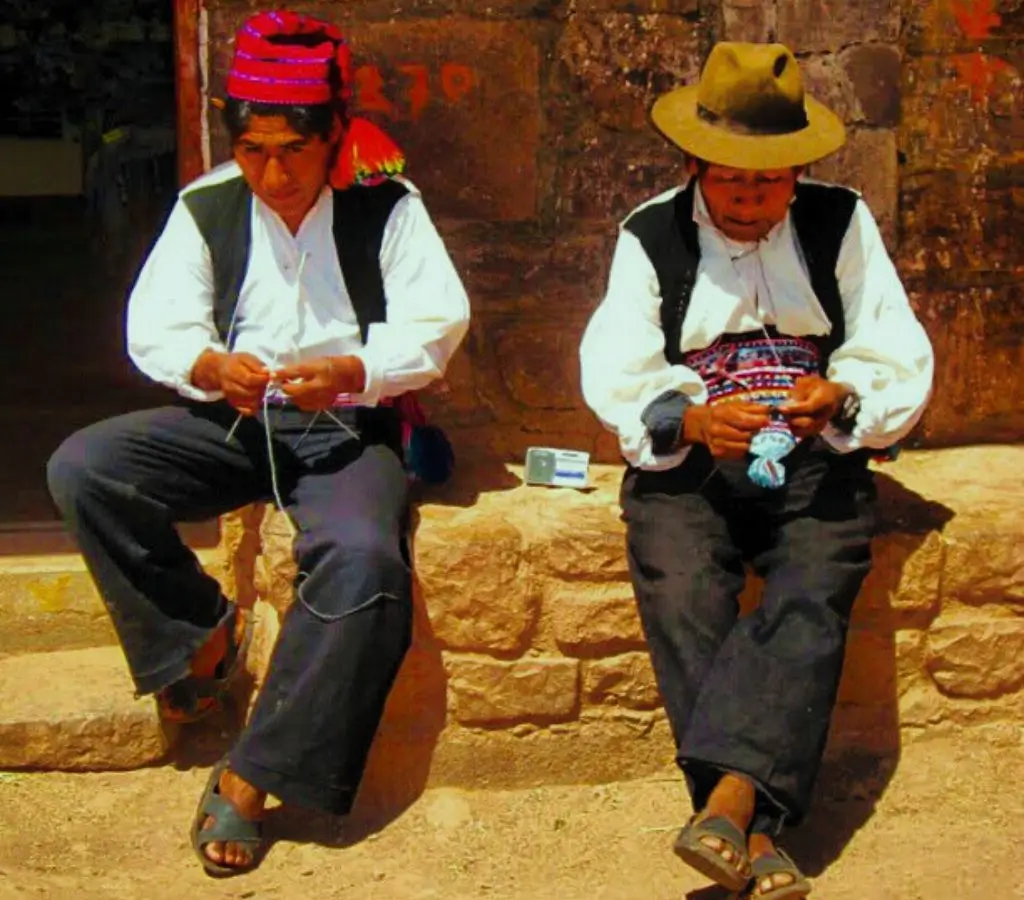
Amantaní Island is a bit more remote, as the journey to get there takes about three hours. The inhabitants maintain their traditional attire and preserve their customs, especially in agriculture, which remains their primary activity.
At the top of their mountains are two Incan temples that still preserve their original architecture, and from there, you can enjoy a spectacular view of Lake Titicaca.
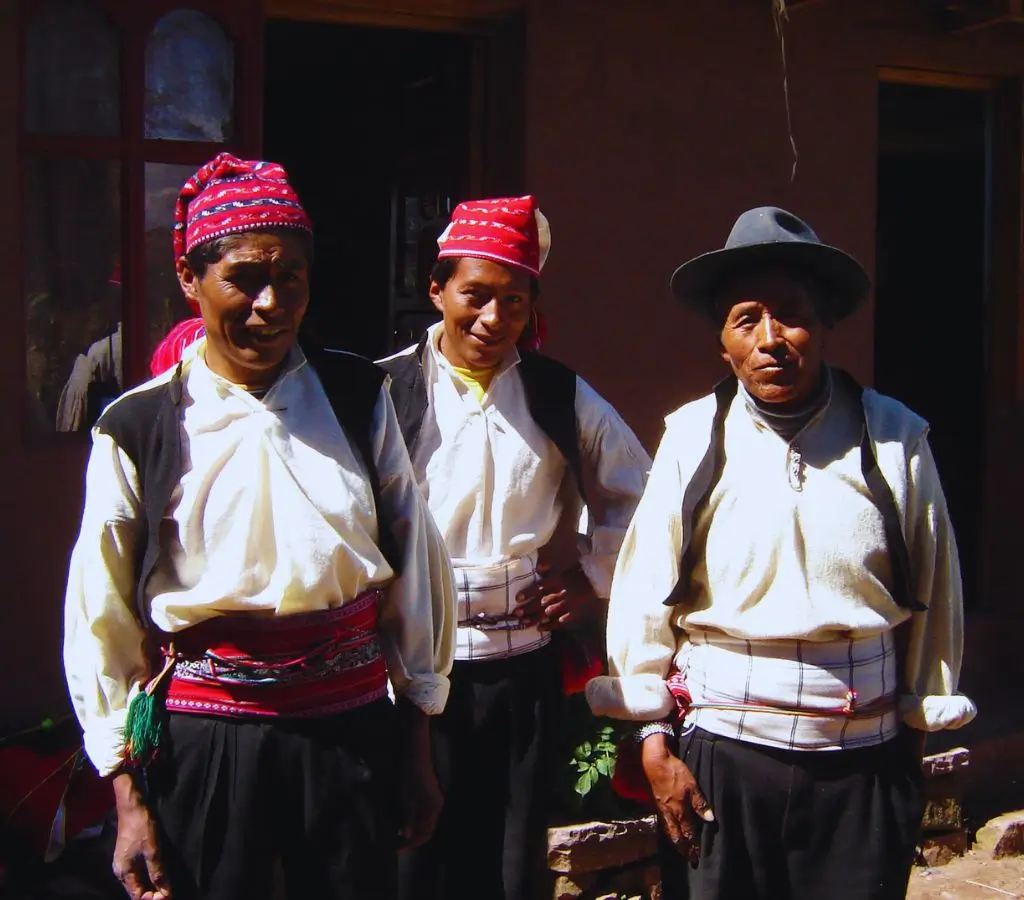
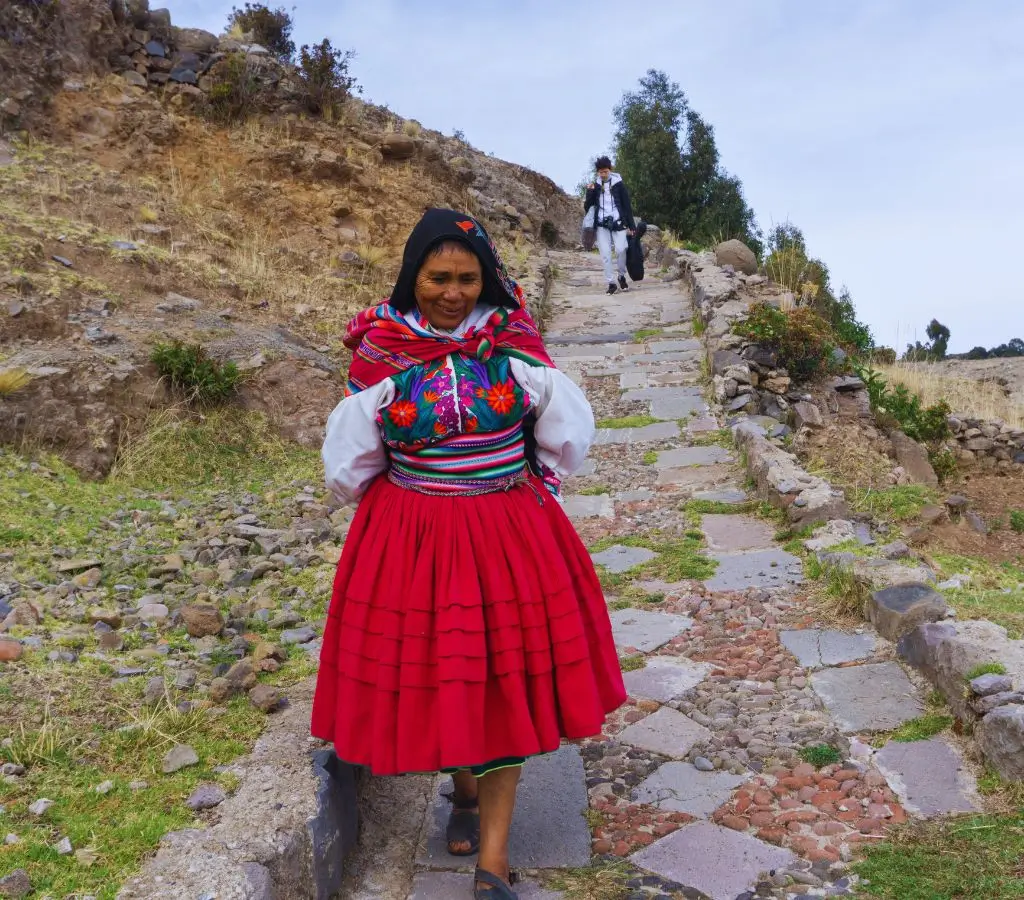
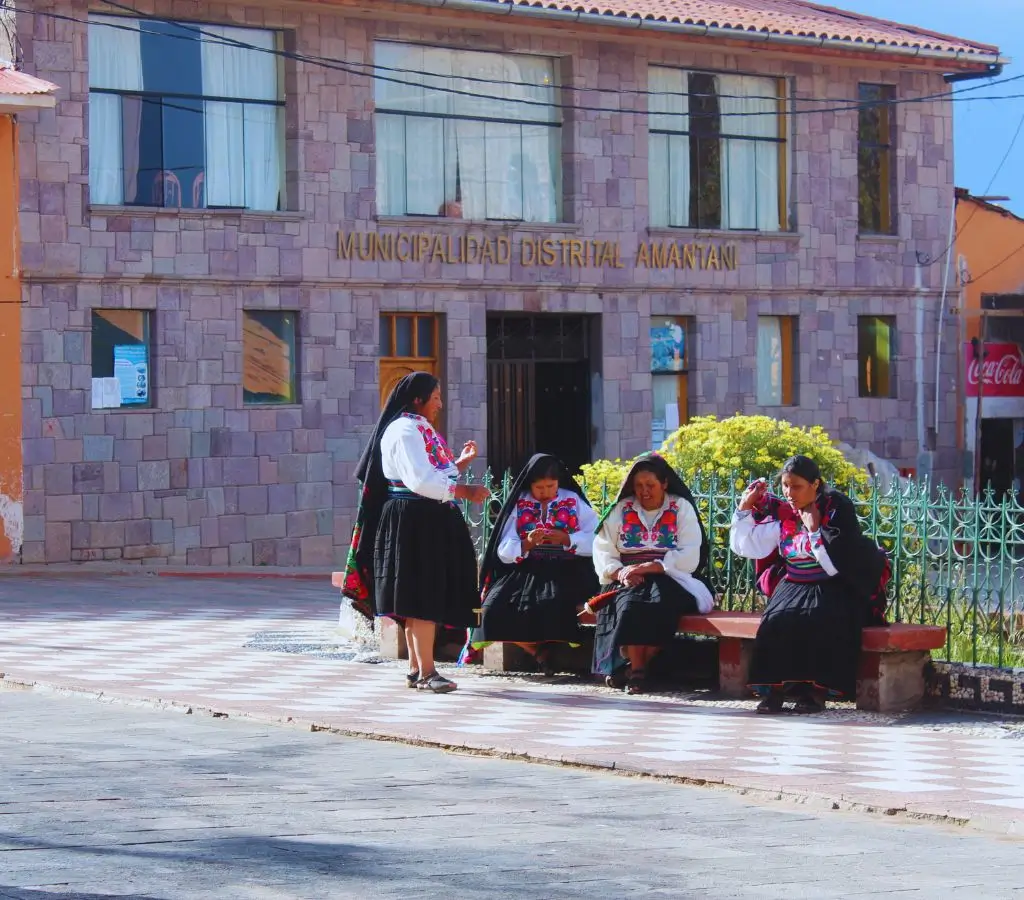

Before traveling, it's recommended to plan your trip carefully. If you're coming from another region, buy your tickets in advance and always carry cash, as residents on the islands do not have bank accounts for transfers.
Another option is to hire a tour agency, which will take care of organizing the entire itinerary, including tickets and transportation, making it easier for you to access the area's attractions.
To enjoy your trip to the fullest, keep the following in mind:
It's important to bring comfortable and warm clothing, as well as a hat, gloves, and sunscreen for the cold climate. Don’t forget bottled water, snacks, medicinal alcohol, and your ID or Passport, along with cash, as these are essential during your trip.
Traveling with the Illapa tour agency ensures that you'll make the most of each destination, as they have professionals specialized in the region. If you decide to go, you'll experience a world built with the aquatic plant "totora," surrounded by the stunning Lake Titicaca.
Uros Island offers the chance to learn about its environment and participate in the daily activities of its residents. In some cases, the locals integrate us into their family life, sharing their lifestyle, traditions, customs, and language. Without a doubt, it's a must-visit destination in Peru, and with the Illapa tour agency, your experience will be unique and unforgettable.
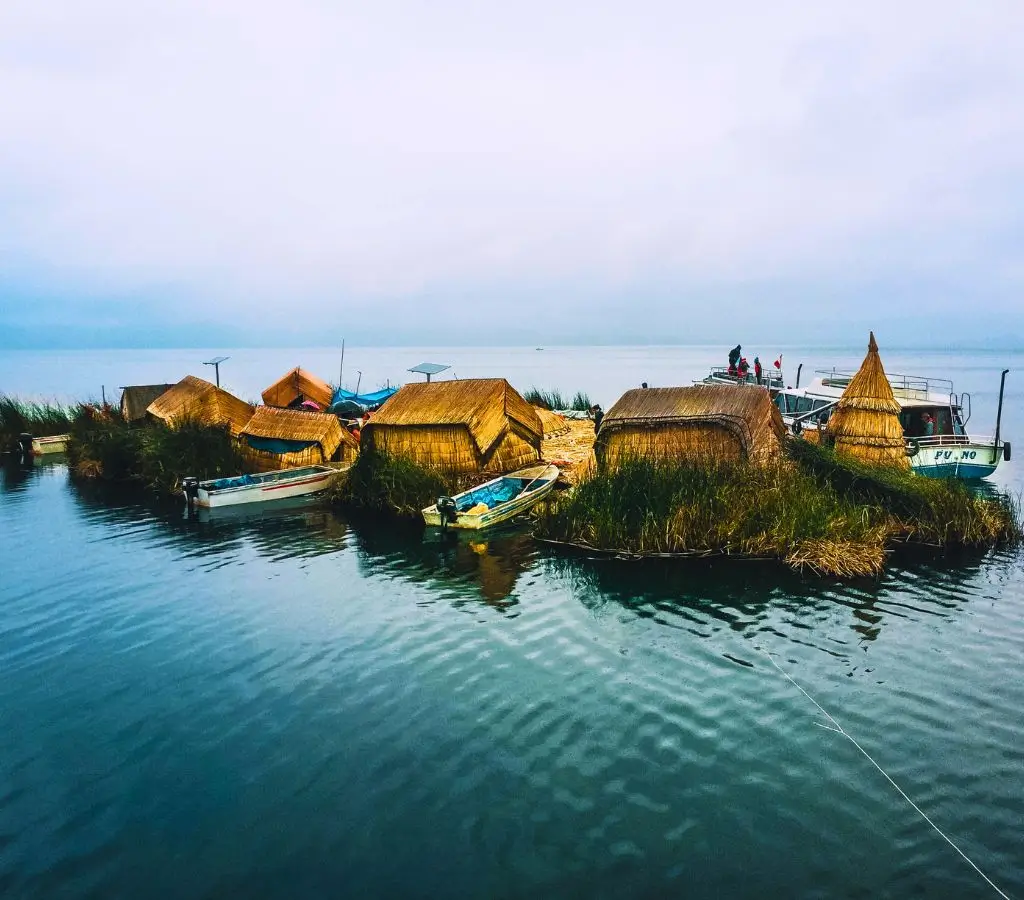
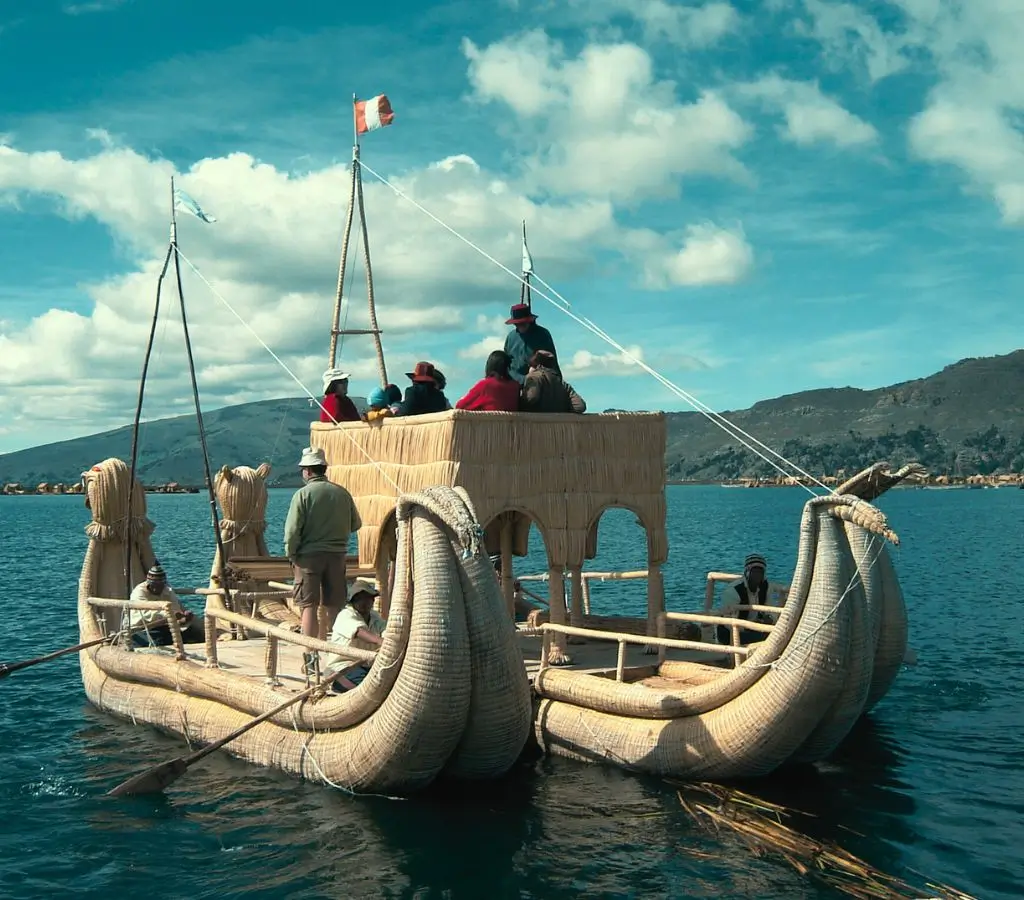

If you wish to visit Puno and Peru, Illapa Culturas Andinas is your best ally. We offer the best packages for you and your loved ones. Don’t miss this great opportunity; contact us on our website or at the number +51 944 714 563.


